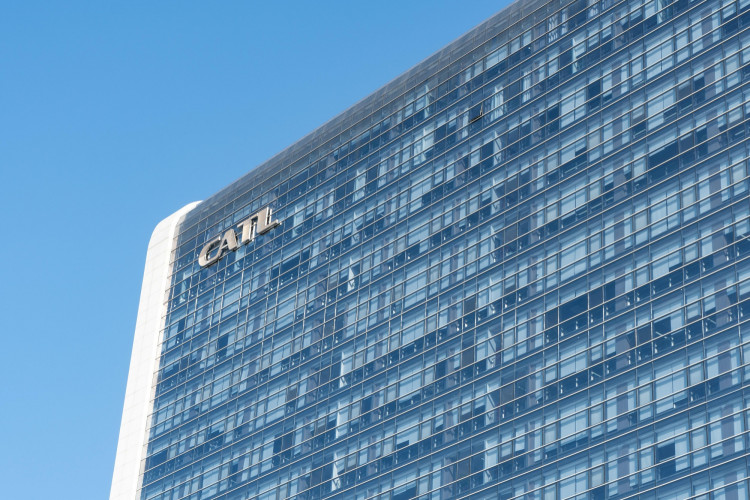Automaker Stellantis and Chinese battery manufacturer CATL announced plans on Tuesday to invest €4.1 billion ($4.3 billion) in a joint venture to construct a lithium iron phosphate (LFP) battery plant in Zaragoza, Spain. The facility, which is expected to begin operations by the end of 2026, marks a major step in Europe's electric vehicle (EV) transition.
The partnership is poised to boost Stellantis' presence in the EV market while leveraging CATL's cutting-edge battery technology. Stellantis Chairman John Elkann described the initiative as a "360-degree sustainable approach" to clean energy. He credited Spanish authorities for their support, saying, "This important joint venture will bring innovative battery production to a manufacturing site that is already a leader in clean and renewable energy."
Located in northern Spain, the Zaragoza plant will aim for carbon neutrality, utilizing Spain's abundant solar, wind, and hydropower resources. It will produce LFP batteries, known for being safer and more cost-effective than traditional nickel-based alternatives, with an estimated production capacity of up to 50 gigawatt-hours, contingent on market demand and government backing.
The announcement follows a non-binding agreement between Stellantis and CATL signed in November 2023 to locally produce battery cells and modules for European EVs. The project aligns with Spain's ambitious post-pandemic recovery plan, which prioritizes a shift toward electric mobility, bolstered by funding from the European Union's recovery package.
Spain's Minister of Industry Jordi Hereu praised the venture as a testament to Spain's growing importance in the EV market. "This investment is a great sign that the car industry believes in Spain," Hereu said, noting that Spain is the EU's second-largest car producer after Germany.
The collaboration reflects Europe's urgent push toward electrification, driven by a ban on internal combustion engine vehicles slated for 2035. European automakers are racing to catch up with Chinese competitors, who dominate global EV battery production. CATL, the world's largest battery maker, already operates factories in Germany and Hungary.
Robin Zeng, CATL's CEO and Chairman, emphasized the significance of the partnership in meeting global sustainability goals. "Our cutting-edge battery technology combined with Stellantis' experience ensures a major success story in the industry," Zeng said. "CATL's goal is to make zero-carbon technology accessible across the globe."
The new plant positions Stellantis to expand its portfolio of affordable battery-electric passenger cars and SUVs. The company, which owns brands like Chrysler, Dodge, Jeep, Peugeot, Fiat, and Alfa Romeo, views this project as crucial to maintaining competitiveness in a rapidly evolving market.
Spain's EV production has grown significantly, from just 16,000 vehicles in 2019 to over 323,000 in 2023. However, EVs still account for only 13% of the country's total vehicle output, according to the Spanish Association of Automobile and Truck Manufacturers (ANFAC). The Zaragoza facility will help bolster these numbers while addressing the EU's target of achieving a green transition.
The announcement comes as Europe's automakers face a challenging landscape, including the slow rollout of charging infrastructure, affordability concerns, and U.S. tariffs targeting Chinese-made vehicles. The recent bankruptcy of Northvolt, Europe's primary competitor to CATL, underscores the urgency of securing a local battery supply chain.






